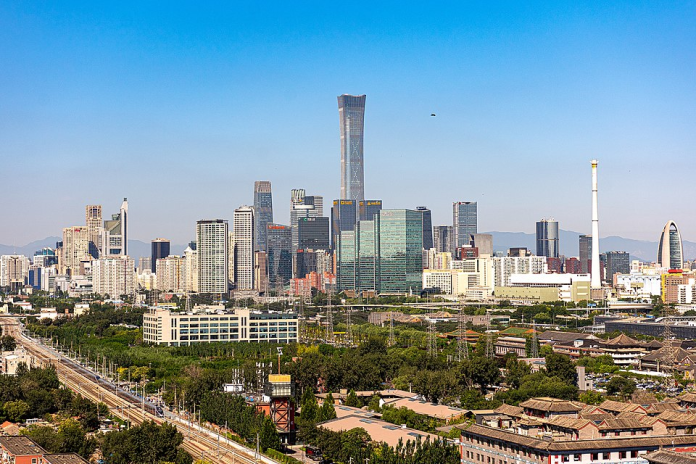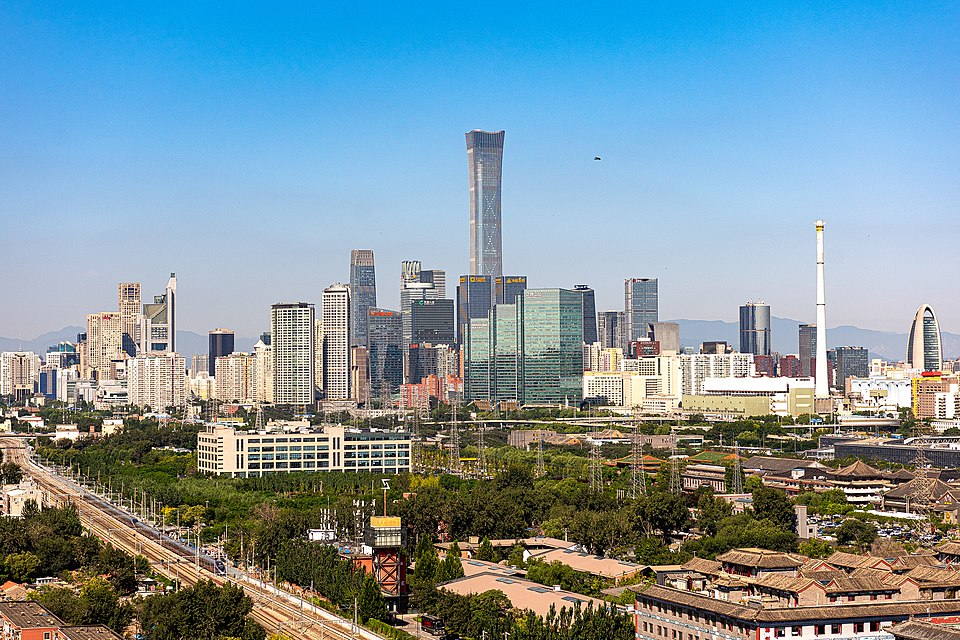
China’s tightening grip on rare earth exportation has caused a readjustment of international mineral supply chains. The most recent salvo was in April, when Beijing added licensing stipulations for seven medium to heavy rare earth elements samarium, gadolinium, terbium, dysprosium, lutetium, scandium, and yttrium the elements crucial to both military defense systems as well as clean energy technologies. The initiative, designed to avert “misuse” in military-sensitive areas, has increased urgency among allies to diversify supply. Against this background, Australia and the United States signed an $8.5 billion Critical Minerals Framework, a comprehensive agreement aimed at speeding mining, processing, as well as allied control over such strategic resources.

1. Strategic Scope of the Framework
The deal, signed between US President Donald Trump and Australian Prime Minister Anthony Albanese, commits both countries to invest at least $1 billion over six months in such initiatives that will hopefully produce final products for both nations. The deal also includes price-support initiatives such as floor prices to counter China’s decades-old scheme of saturating markets to eliminate competition. “Deals like this go a long way – this is a good start,” Pini Althaus, CEO at Cove Capital, noted, arguing that such deals with other nations would most likely raise alarm for Beijing.
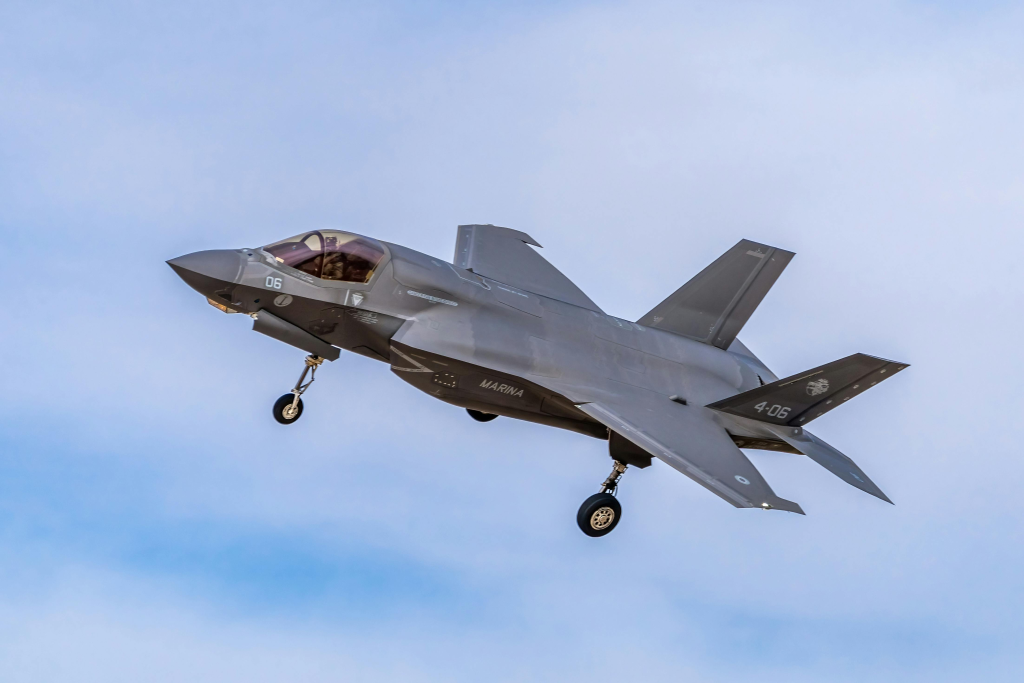
2. Targeting China’s Market Leadership
China supplies approximately 60% of global rare earth production and 90% of processing, with a de facto monopoly on heavy rare earth separation. Its ability to weaponize supply, as seen with the 2010 export embargo to Japan and the 2023 export embargo of technologies, has left the defense industrial base in America at risk. One F-35 fighter aircraft contains over 900 pounds of rare earths a Virginia-class submarine needs about 9,200 pounds. The new US-Australia agreement openly serves to “preempt critical commercial assets from being seized by adversarial actors” and to limit Chinese acquisition of overseas mining assets.
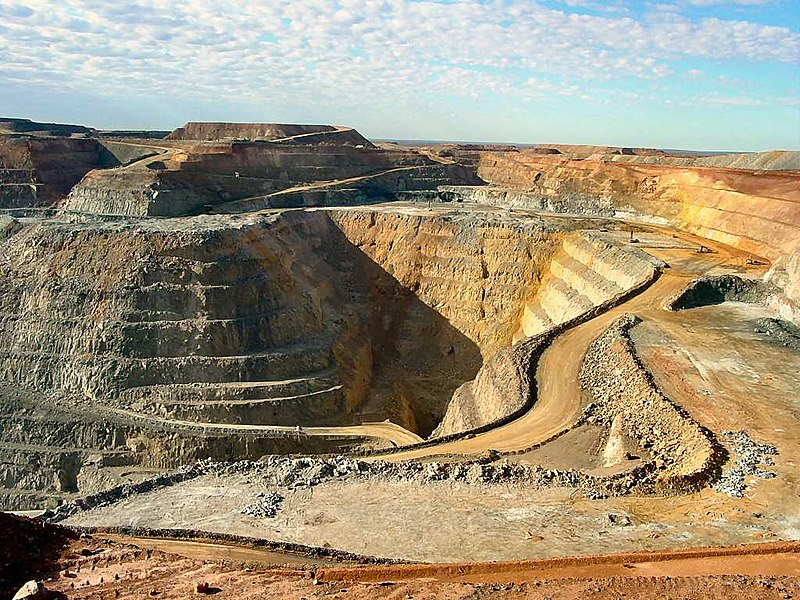
3. Australia’s Central Role
Australia is the world’s fourth-largest producer of rare earths and largest destination for exploration investment, with a record level of investment of $64 million in 2024 45% of global investment. It has 89 active rare earth exploration projects, a very much larger number than Canada, Brazil, or the US. Its Mount Weld mine feeds Lynas Rare Earths’ processing plant, which in May became the first outside China to producecommercial dysprosium oxide. Canberra has subsidized Iluka Resources’ Eneabba refinery with a $1.25 billion loan and invested $100 million in the Arafura Nolans project, which will produce 5% of global rare earths.
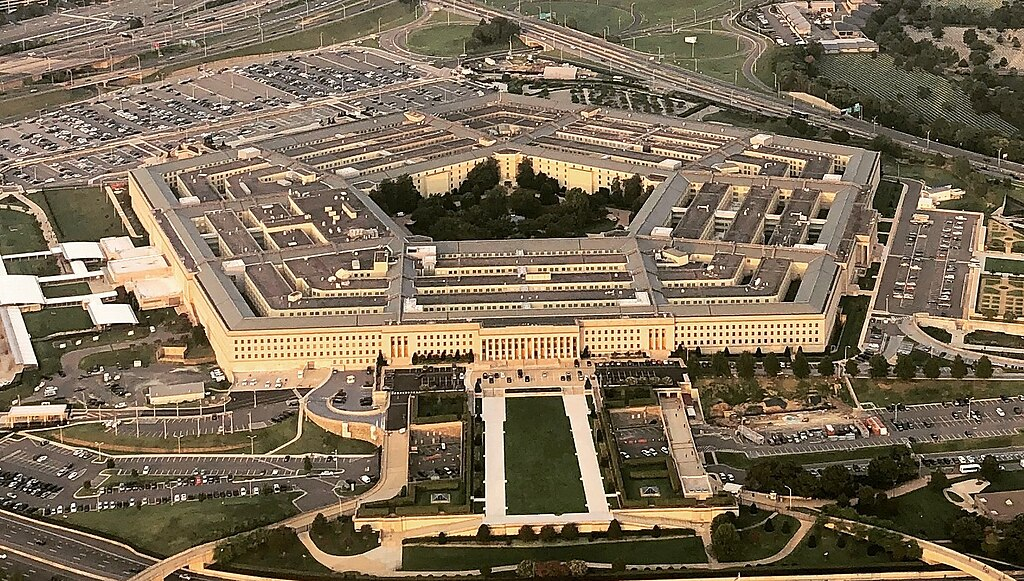
4. Midstream Facility Construction
The Pentagon has spent over $439 million since 2020 building a mine-to-magnet value chain. MP Materials has a Texas factory under development, as well as a California factory, to produce neodymium-iron-boron magnets, with a minimum price of $110/kg that was agreed upon between the Pentagon. Noveon Magnatics partnered with Lynas to vertically scale American permanent magnet production. Domestic heavy rare earth separation, however, equates to zero, so Australian feedstock, as well as processing arrangements, are a necessity.

5. Price Stabilization and Market Defense
China’s market dominance has been underpinned by its cost-depressing capabilities, making non-Chinese mines economically non-viable. Price floors that insulate producers from unfair pricing are among the pricing regime envisaged by this framework for rare earth trading between allies as it seeks to establish a predictable trading climate. Such arrangements will likely form a central point of debate at forthcoming G7 consultations over distortions in minerals’markets.

6. Technological and Infrastructural Advantages
Australia’s mining industry has world-class geology, extensive capital markets, and world-class mining engineering programs. Its physical assets rail, ports, and power accommodate scale mining processing, but high power expenses are a concern. Comparatively, Saudi Arabia, one of the emerging partners, possesses the lowest cost of renewable power in the world, highlighting the value of balancing access to resources with processing economics.

7. Defense Integration
The minerals arrangement compliments expanded defense cooperation under AUKUS. Australia will invest billions in US defense capabilities, from drones at sea to Apache helicopters, and making contributions towards the US submarine industrial base. Australian Ambassador Kevin Rudd underscored the linkage: “Critical minerals are, at heart, defense assets.” Inclusion of minerals in defense thinking speaks to high-end weapons production.

8. Risks and Long-term Prospects
There are warnings, however, that developing competitive non-Chinese capacity will require 10–20 years, with overinvestment risks if prices plummet upon China adjusting its export volumes. Game-theoretic reasoning indicates that Beijing will likely shun long-term bans for fear of losing its processing sector, but that repeated short-term restrictions might yet trigger concerted, long-term diversification. Such cycles are planned for, with its combination of financing, offtake agreements, and market protections in the US-Australia agreement.

China’s foreign ministry framed supply chain development as a “result of market and corporate decision-making,” urging resource-rich nations to exercise “ordinary economic and trade co-operation.” But where heavy rare earths are central to green energy structures as well as next-generation military vehicles, Washington and Canberra are staking a wager that active industrial policy, underwritten with billions of coordinated investment, represents the only viable means to reduce strategic dependency.
